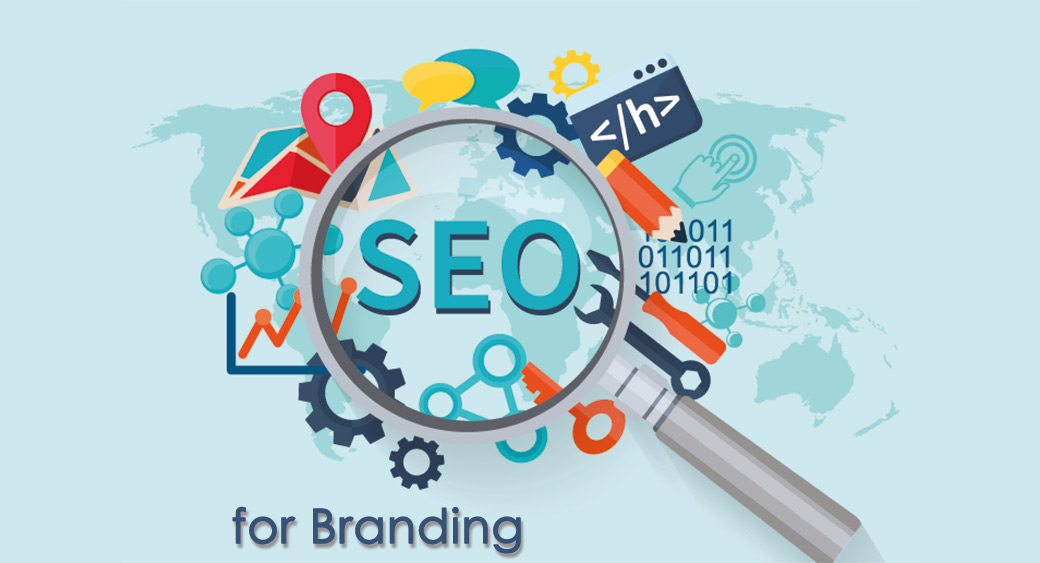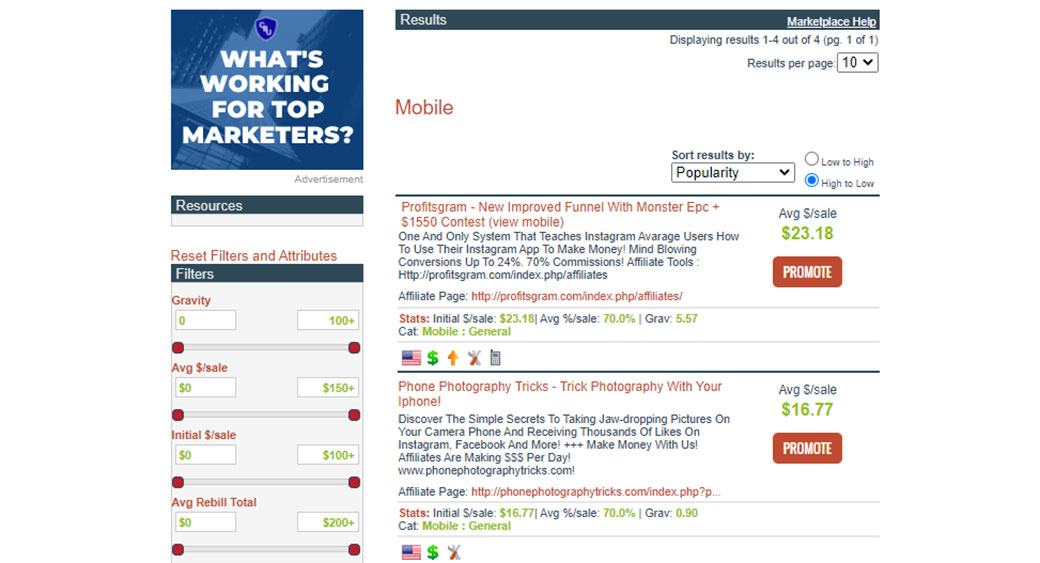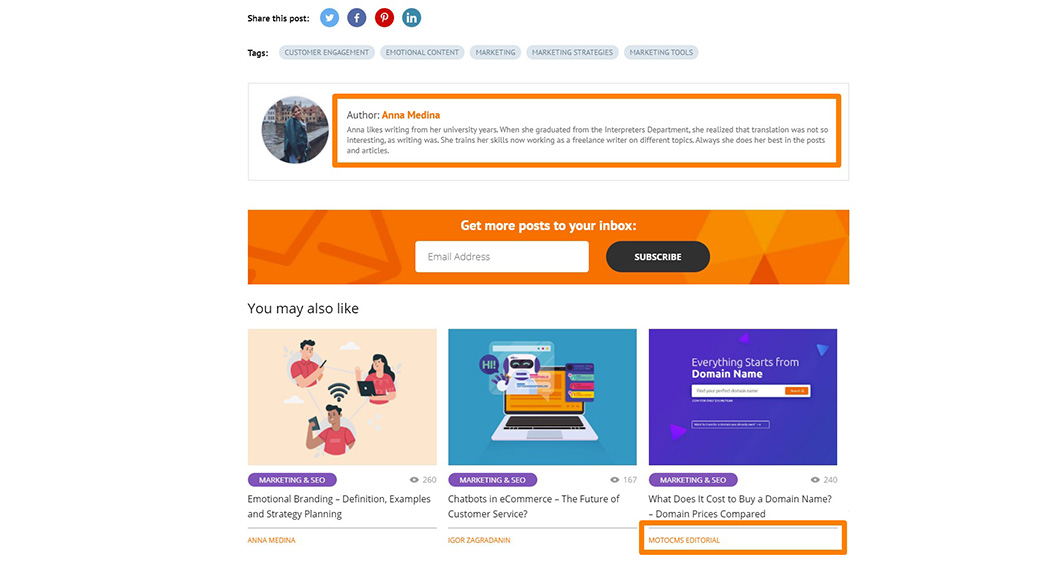SEO for Branding: How to Build and Promote Your Brand with SEO in 2020
With over half of this year gone by, businesses will undoubtedly remember 2020 as a time of great tumult. Most notably, the coronavirus pandemic has caused many business owners to worry over the severely diminished level of physical traffic. The crisis is why many businesses have had to limit their store hours. Some even had to close down altogether. With that, many have turned to digital commerce, and for good reason. Online traffic has gone up, and businesses’ attention has, by necessity, been diverted to selling online. For websites, the year has had its ups and downs (quite literally). Last May, Google rolled out a Core update; Google’s way of updating its core algorithm for ranking sites. With the May update, multiple sites have seen a rank shift. This means that sites that have previously enjoyed high ranks have taken a considerable dip, and vice-versa. Now, how will this information help you, a budding business? Well, getting a handle on Search Engine Optimization will put your website in a better position to reach and reap the benefits of high rank. Plus, doing this in line with your branding strategy will increase the efficiency and effectiveness of your overall marketing strategy. How’s that for hitting two birds with one stone? Let’s look deeper into how these two concepts tie in and how you can strategize your SEO for branding due to this comprehensive brand identity guide.
.

What is SEO Branding?
Let’s examine the basics of SEO and branding separately. If you are familiar with these concepts, you can proceed to the next section.
SEO
SEO stands for Search Engine Optimization. It’s figuring out how to get your site a high rank in online searches. It involves a certain understanding of search algorithms. With SEO, the end goal is to increase organic site traffic and overall visibility.
Branding
Branding is a marketing concept that involves determining your identity, or brand. It involves the “message” your business wants to present to your audience. Every little thing from your logo, design template, and tagline contributes to this overall effect.
SEO and branding
Many people think that SEO and branding are exclusive and unrelated topics. That’s not the case at all. When working together, they can provide your business with a boost where it counts: effectively reaching your audience.
How Does This Help Me?

As everyone comes to know, establishing a successful business doesn’t just happen by itself. It’s a process in which you first learn about your audience, what they need, and how you can give that to them. The thing is, how will your audience know that your business is to be trusted? That your product is worth investing in? How can you even assure yourself they’ll hear about you? This is where these two concepts meet and work together.
High Ranks and a Trusted Brand
First, let’s take SEO. SEO increases your reach. With better reach where it counts, you have much higher chances of turning a profit. Now combine that thought with good branding. What you get is a far-reaching business model that is trusted by its audience.
Think of how Coca-Cola carries such a strong following. Odds are, you’d choose this over any smaller cola brand just because you know the brand’s reputation. It’s something you hear about from people often enough that it leaves an impression on you.
Other benefits include the amount of free advertising you can get. This is because, with SEO, content creation is an important factor. With your brand in mind, you can create content that is educational and informative. These kinds of content are easily and often shared through social media. Think of the amount of free advertising that you can get. With SEO, content creation is an important factor. In this situation, you build both a trusted brand and increase your awareness simultaneously.
The overall effect is having your trusted site rank high on search engine results pages (SERPs). This way, when a potential customer searches for “pants”, you’ll show up before Levi’s does. Additionally, companies looking for investors can use this to their advantage. This is because your business doesn’t rely on paid advertising. Most of your growth would be coming from unpaid traffic and brand loyalty.
In summary, efficient SEO and branding can give you:
- Improved search engine visibility
- Brand awareness
- Trust in the brand
- Free advertising through social media
- Better chances of impressing investors
We’re looking at organic growth for your business that will still be yielding results years later. Now, it’s about planning your SEO branding strategy.
SEO Branding Strategy: 5 Working Ways
Let’s examine the most essential ways that can help you build your SEO strategy.
1. Fine-tune Your Keywords
The keywords you’ll be targeting will play a big role in your SEO strategy. This is because keywords are how people will find you. When a search query comes in, the search engine tries to match the keywords used with the keywords on your web page. Remember, the point here isn’t about having as many keywords as possible. It’s about targeting the right ones for maximum impact. To learn more about the keywords you wish to use, you can run them through some online tools.

Tools
There are different keyword research tools. Let’s have a brief look at them.
- SEMrush
- Clickbank
- Google Trends
One of the best websites for this purpose is SEMrush and I wouldn’t be surprised if you’ve heard of this one before. SEMrush even has a variety of tools to help you get started with your research.

SEMrush has a comprehensive dashboard for results
For example, you can use the tool for market competitiveness. This will show you the top dogs in a certain topic and where they may be excelling. You’ll need this with your SEO for branding strategy.
Another one would be Google Trends. While it may not be as comprehensive as SEMrush, you can use this tool to see how popular a certain keyword is. It even lets you compare these directly with other keywords.
Another site that would come in handy is Clickbank. Clickbank is where people can auction off domains–it’s always interesting to see what domains have just been sold.

Clickbank results pages have a lot of information you can make use of
It could be worth it to sign up for a free account in that you’ll be able to see the metrics of each domain. You can derive details about the site such as:
- Average Net Profit
- Domain Age
- Price when sold
From these metrics, you can determine the interest level of the audience as well as gain important insight into your competition.
Use these sites as a starting point for your strategy. This way, everything you plan out will have its basis in actual data.
Targeting Your Niche
You’ll want to ensure that your keywords are “speaking” to the right audience. What if your keywords are showing up in the wrong customers’ search results? This is where tools like SEMrush prove their worth. You can use the tool to check on metrics of websites related to yours. You can pair this with data you gather from Clickbank to identify your audience.
An important thing to keep an eye on: how related sites rank with certain keywords. From this information, you can derive how your target audience is searching for your products.
Brand Identity
Your brand identity will benefit from this as well. Paired with the right keywords, people will begin associating your brand with the product. It’s just like how people immediately think of Coke or Pepsi when asked to think of sodas. What product(s) would you like to see consumers associate with your brand? Figuring this part out will greatly help your SEO branding strategy.
2. Work on Your Ads

Advertising is still a necessary marketing tool. With ads, you can guarantee your business a certain level of visibility. Also, tracking your ads will help you understand your customers better. Google ads are a great example. When you’re searching for a product, have you ever noticed those paid results up top? The paid ads will always show before the top-ranking results. If you have ads posted through Google, Google will give you a “toolbox” for analyzing ad behavior, too. You’ll want to make the most out of this. Having your brand show up whenever someone searches for a related product allows your brand to be associated with that product or service. This is a great way to increase brand awareness.

The same goes for Facebook and Instagram ads. Paid ads on social media help you reach your target market directly. You should make use of the insights from your ads. Both Facebook and Instagram provide tools for analytics as well.
3. Use Link Building for Brand Awareness

Link building is another SEO strategy that you can use in conjunction with your branding. With SEO for branding, this strategy can do two things for you. Link building is the creation of backlinks to your site. In doing this, you are increasing your site’s authority. This serves you well when considering how your site will rank through Google’s Core Algorithm. Link building itself is not a new strategy. In a 2020 Link building survey by Linkdoctor.io, 79.05% of respondents said they found link building to be an effective strategy. You can visit the website to learn more about link building.
Fix Your Links
Now with those backlinks, you’ll want to make sure that these are from equally authoritative sites. It wouldn’t do you any good if your site was constantly referred to by a spam site. It can get tedious but it’s all worth it. Unhealthy links can be considered toxic and will only affect you negatively. Go through as many backlinks as you can find, this way you can be sure that you’re ranking well for the right reasons.
Content Creation
Content creation is something you can do with link building in mind. It’s not the fastest method but it can create organic traffic. Through guest posting, you can provide high-quality educational content on other sites. In that article, you can place a backlink to your site as long as it fits in naturally. Promotional backlinks don’t generate that much of a following. Depending on the site hosting your article, you will also have the author’s bio.

If the content you published is interesting enough, site visitors will scroll on to that bio where you will have a link to your site. This way, people know they can trust you. The effect your expertise has on your audience will be seen in how they associate your brand with the topic. If they find your content entertaining enough, they can even advertise it for you. With social media, you can gain the benefit of free advertising through the public sharing of posts.
4. Site Audit as SEO Branding Tool

Time to clean up the ol’ website. Your SEO for branding will benefit greatly from this. A website will have many things in its “back office”, so even content audit is vital. This is where tedious but easy fixes can happen to help you optimize your site. You’ll want to take the time now to clean this area up. Here are a few things you should keep an eye on during the website audit.
Rich Media File Sizes
With the rich media on your site, you’ll want high-quality images and videos. This doesn’t mean that you should go for the largest file size though. You should make sure that each of those media files is optimized for site viewing. That means they get compressed in such a way that they don’t lose their quality but don’t take ages to load either.
User Experience + Your Brand
You will also want to ensure that your site visitors enjoy their experience. Similar to how a physical store will design their venue in a way that customers will enjoy and want to take their time. It’s in the simple things. Leave a site map handy for your guests; have all your pages organized and ensure readability. It’s all about making things convenient for your site visitors. User experience will have great benefits for your SEO for branding. This is because the amount of time people spend on your site plays a role in your site’s rank.
Another item to look into is the chatbot system. With chatbots, people will be able to communicate with the company at any time of the day with prepared responses. Chatbots can also schedule appointments with clients for a seamless experience.
An added benefit to optimizing user experience would be the association with your brand. This way, people will see your brand as a convenient source for their needs.
Alt Tags, Broken Tags
Last but not least, your site’s tags. While hardly a new concept, you’ll want to keep an eye on these for your SEO for branding. Try to go through each of your tags and see if they match the brand identity you had in mind. Oftentimes, especially with old sites, obsolete tags can go unnoticed. Don’t forget about the alt tags for your photos as well! This is the text that shows up when the images themselves couldn’t be loaded. This also allows Google to better understand what is on the image itself. This way, people looking for images can find your site much more easily.
5. Reach Out to Your Audience
It would do you good if you could make direct contact with your target audience. Remember, your SEO for branding is about reaching them effectively. Notice how the number of Webinars has been increasing recently? That’s because they’re a great way for businesses to keep in touch with their customers. If you work with clients/businesses, you can even book a meeting room for the best interaction, i.e., physical interaction – the good ol’ handshake!
Organizing a webinar shouldn’t be hard. Here are a few web applications that can get you started:
- Zoom – 40 minutes free, paid packages available
- Google Meet – Free, Enterprise solutions available
- Skype – Free one-on-one calls, paid packages available

Aside from webinars, you can also make use of Vlogs. With Vlogs, you can film everything beforehand and schedule dates of release. You can use this medium to talk about topics in a more detailed, entertaining fashion. Vlogs and Webinars build trust and credibility with regards to the brand. You can even share these easily through social media for an increase in site reach. Having video content adds to the variety of content you can share across the web. You can incorporate this into your link building and brand awareness strategies.
Conclusion on SEO for Branding
At the end of the day, it’s about listening to your audience. Many of these tips revolve around how you potentially interact with them. This is because the more they can trust you, the better you rank, and the better they see your brand. You have to remember that SEO and branding go hand in hand. It would greatly help if you stay up to date with changes. Keeping updated will help you plan proactively. The bottom line: If you do your homework right, you’ll undoubtedly reap the benefits.




Hello there! Do you know if they make any plugins to protect against hackers?
I’m kinda paranoid about losing everything I’ve
worked hard on. Any recommendations?